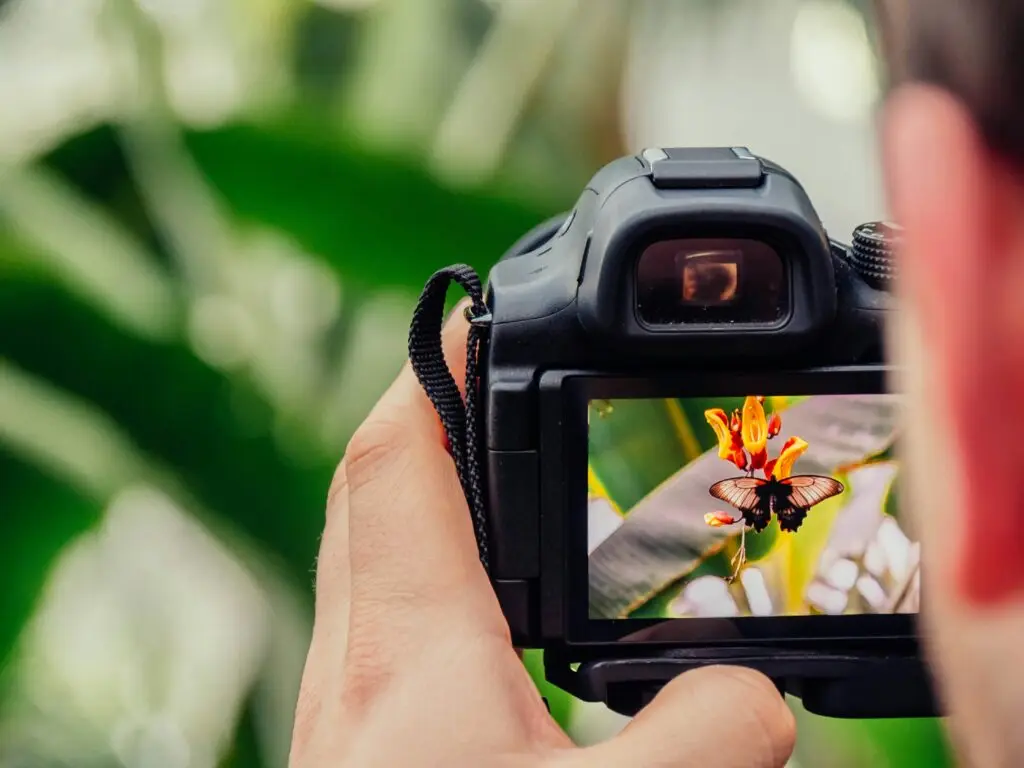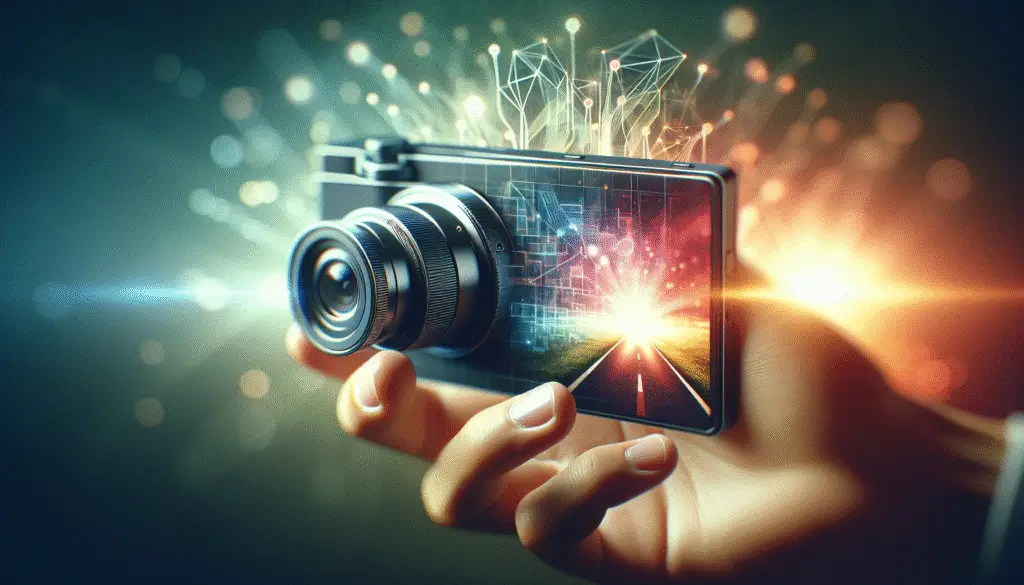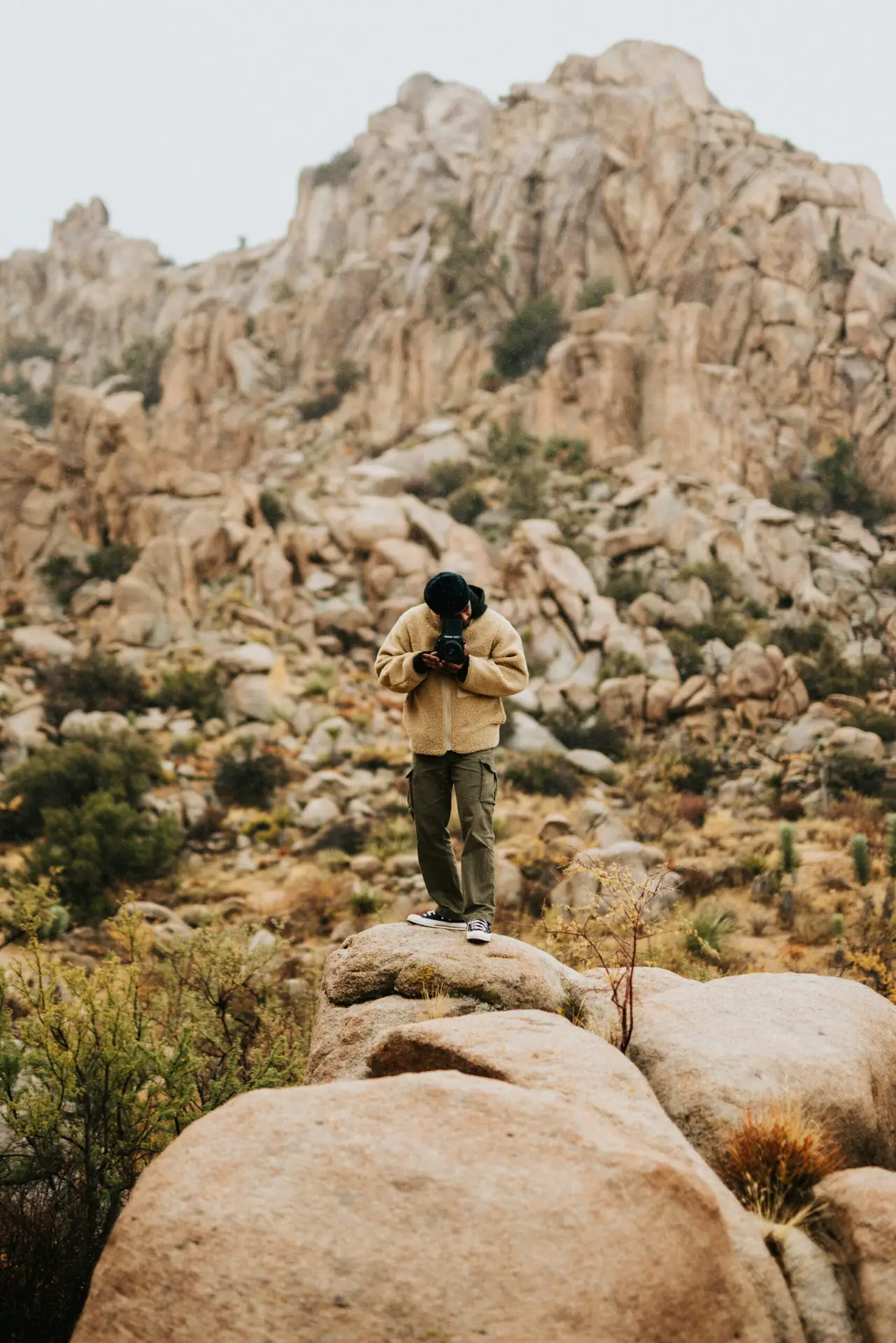How does AI improve photo quality on phones? It’s a question that we often find ourselves asking, especially with the rapid advancements in technology. There was a time not too long ago when capturing a beautiful image relied solely on camera hardware — the lenses, the sensors, and the lighting. But that has all changed. Nowadays, artificial intelligence (AI) plays a crucial role in how our smartphones produce the stunning photos we cherish. Let’s take a moment to unpack how AI is transforming the way we take and enjoy photographs on our mobile devices.

Understanding AI in Mobile Photography
Artificial intelligence has advanced tremendously in recent years. When we think of AI, our minds might conjure images of robots or complex algorithms running vast computations. But in the realm of photography, AI is more about algorithms and software enhancements that optimize our photos for the best possible outcome. Let’s understand precisely how this works.
The Role of Machine Learning
At its core, machine learning is a subset of AI that enables devices to learn from data. In photography, our phones use machine learning to analyze thousands of images. The system gathers information about what makes a photo visually appealing — like contrast, saturation, and composition. When we take a picture, the device can apply these learnings to enhance our shot.
Identifying Subjects and Scenes
One of the most impressive capabilities of AI is recognizing what’s in our photos. Have we noticed how our phones can identify people, landscapes, food, or pets? This is made possible through sophisticated image recognition algorithms. When we snap a photo, AI quickly processes it and adjusts settings accordingly, making sure that every shot is just right.
Enhancements Provided by AI
Now that we have an understanding of what AI is, let’s dive into the specific enhancements it provides when it comes to photo quality on our phones. These enhancements influence clarity, color accuracy, and overall aesthetic appeal.
Improved Low-Light Performance
Low-light photography can be a hassle. We’ve all been there—trying to capture that magical moment in a dimly lit room, only to end up with a blurry mess. AI steps in to help with this by optimizing the camera settings for low-light conditions. By combining multiple frames into one well-lit image, smartphones can reduce noise and enhance brightness that our eyes might miss in such situations.
Intelligent HDR Processing
High Dynamic Range (HDR) imaging is another area where AI significantly elevates our photos. We might remember times when HDR would wash out colors or lead to unnatural images. However, with AI-enhanced HDR, our phones analyze the scene and intelligently adjust highlights and shadows. This results in well-balanced photos where details in both bright and dark areas remain intact.
Automated Enhancements
We’ve all seen those filters on social media that promise to make our photos look more vibrant or appealing. These filters often go beyond simple overlays. Today, AI analyzes our images and applies adjustments to brightness, contrast, hue, and saturation based on the content of the photo. It’s almost like having a personal photo editor available at our fingertips!
| Enhancement Type | AI Application |
|---|---|
| Low-Light Performance | Multi-frame capture for clarity in darkness |
| Intelligent HDR Processing | Real-time adjustments for balanced light |
| Automated Enhancements | Adaptive filters for saturation and color correction |
Background Blurring (Bokeh Effect)
The Bokeh effect—where the background is beautifully blurred while keeping the subject in focus—is something we all admire in professional photography. AI can simulate this effect quite effectively, especially in portrait mode. By understanding the depth of the image and identifying the subject, our phones can create a pleasing background blur that helps our photos stand out.
Face Recognition and Enhancement
Let’s talk about selfies for a moment. AI involves face recognition technologies that allow our phones to enhance features and skin tones. Whether it’s softening facial imperfections or brightening eyes, the AI algorithms find ways to make us look our best without making it seem too artificial.

Challenges of AI in Mobile Photography
While AI has undoubtedly improved our photo-taking experience, it’s also worth acknowledging some challenges that come with it. Technology is rarely flawless, and as we embrace AI for better photography, we should also be aware of its limitations.
Over-processing Images
There is such a thing as too much processing. AI can sometimes oversaturate colors or excessively smooth skin, leading to images that appear unnatural. While we might love a good filter, there’s a fine line between enhancement and overkill. We can certainly appreciate the need for balance.
Privacy Concerns with Face Detection
Using AI for face recognition can raise privacy issues. There’s the potential for our personal data to be collected without our consent. As we enjoy the convenience of these technologies, it’s crucial to stay informed about how our data is being used and stored.
Dependence on Technology
There’s a risk of becoming too reliant on AI for photography. While it’s excellent to have tools that enhance our photos, it’s also essential to appreciate the art of photography itself, including composition and lighting. We still need to develop our skills and creativity behind the camera, even if AI makes things easier.

The Future of AI in Mobile Photography
So, what’s next? With the rapid pace of technological innovation, we can only imagine what lies ahead in AI-powered photography.
Enhanced Real-time Processing
We can anticipate even faster real-time processing capabilities as technology advances. Immediate AI enhancements might soon become instantaneous, allowing us to capture and share images without waiting for adjustments to take place.
Seamless Integration of AR
Augmented Reality (AR) is merging with photography in interesting ways. We can foresee AI being used to create immersive experiences where we can place digital elements in our photos seamlessly. Imagine taking a picture with our child and just adding fun cartoon characters that interact with the real-world scene!
Ethical Considerations
As these technologies progress, there will undoubtedly be ongoing discussions surrounding ethics in AI photography. We might see improvements in data security and privacy measures, ensuring we can enjoy these conveniences without compromising our safety.

Conclusion
The role of AI in enhancing photo quality on our smartphones is undeniably transformative. From improving low-light performance to intelligently recognizing scenes, we’re witnessing a dramatic shift in how we capture and share our moments. While we enjoy the convenience and enhancements that AI provides, we must also stay mindful of its limitations and the ethical conversations that accompany advanced technologies.
As we continue to embrace and adapt to these changes, let’s also remember the essence of photography — capturing the moments that matter most, whether with a perfect filter or a simple snapshot that tells a story. In a world increasingly defined by technology, it’s our memories, creativity, and human connection that ultimately make our photographs truly special.


